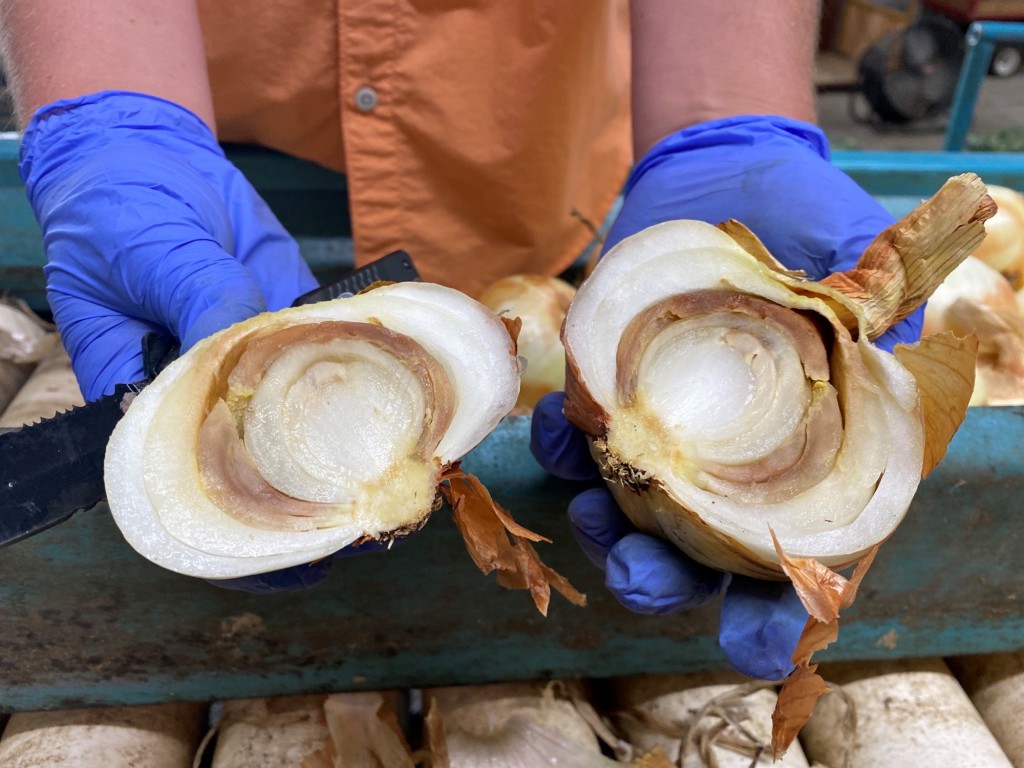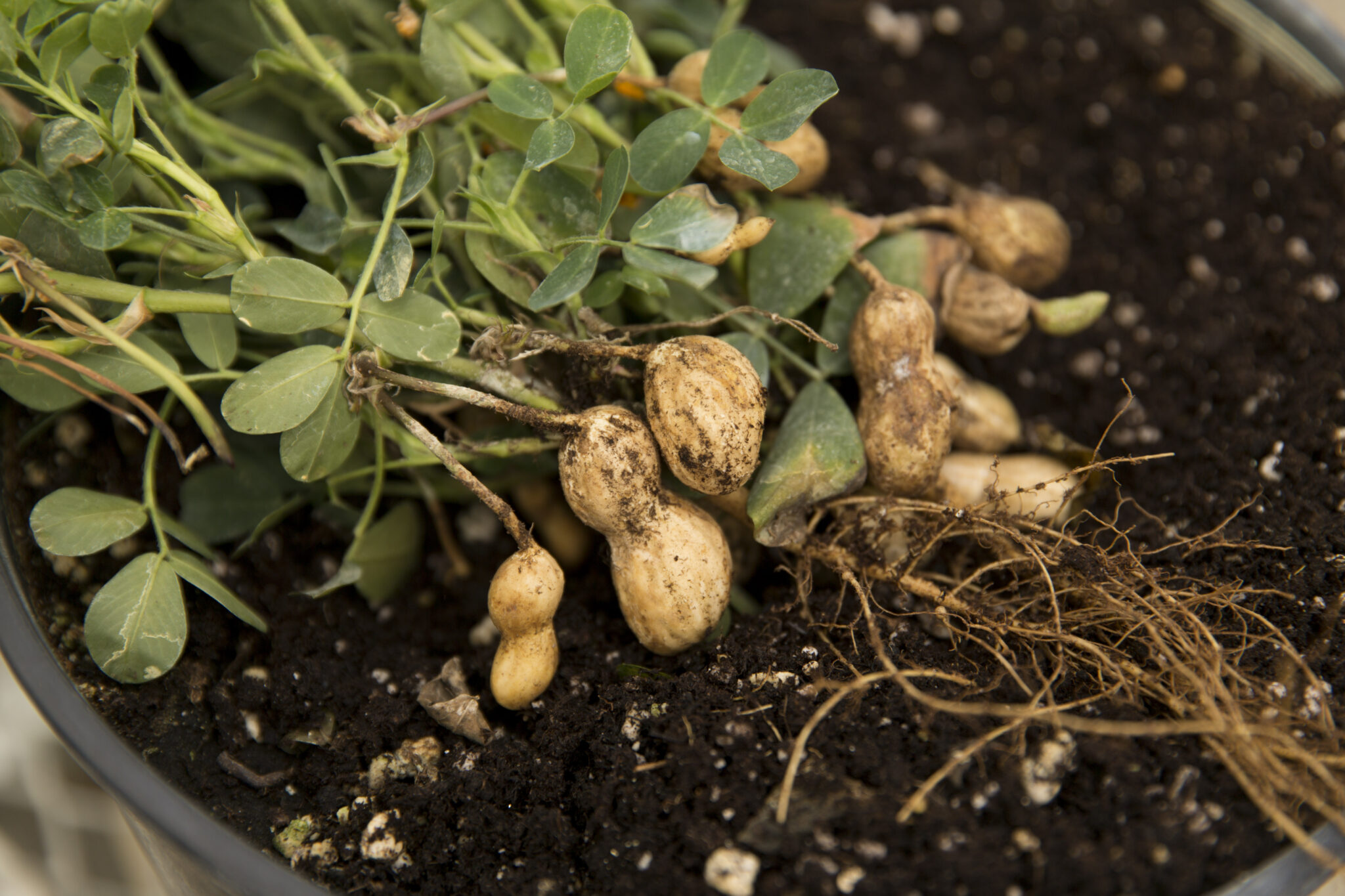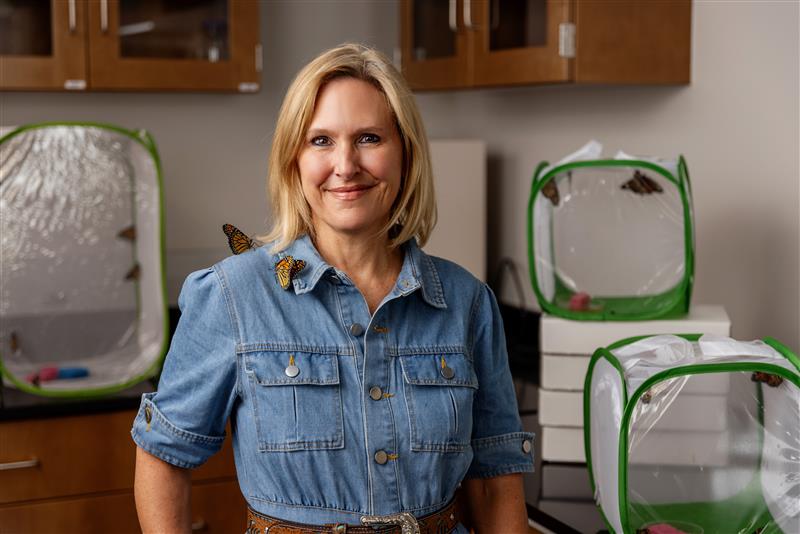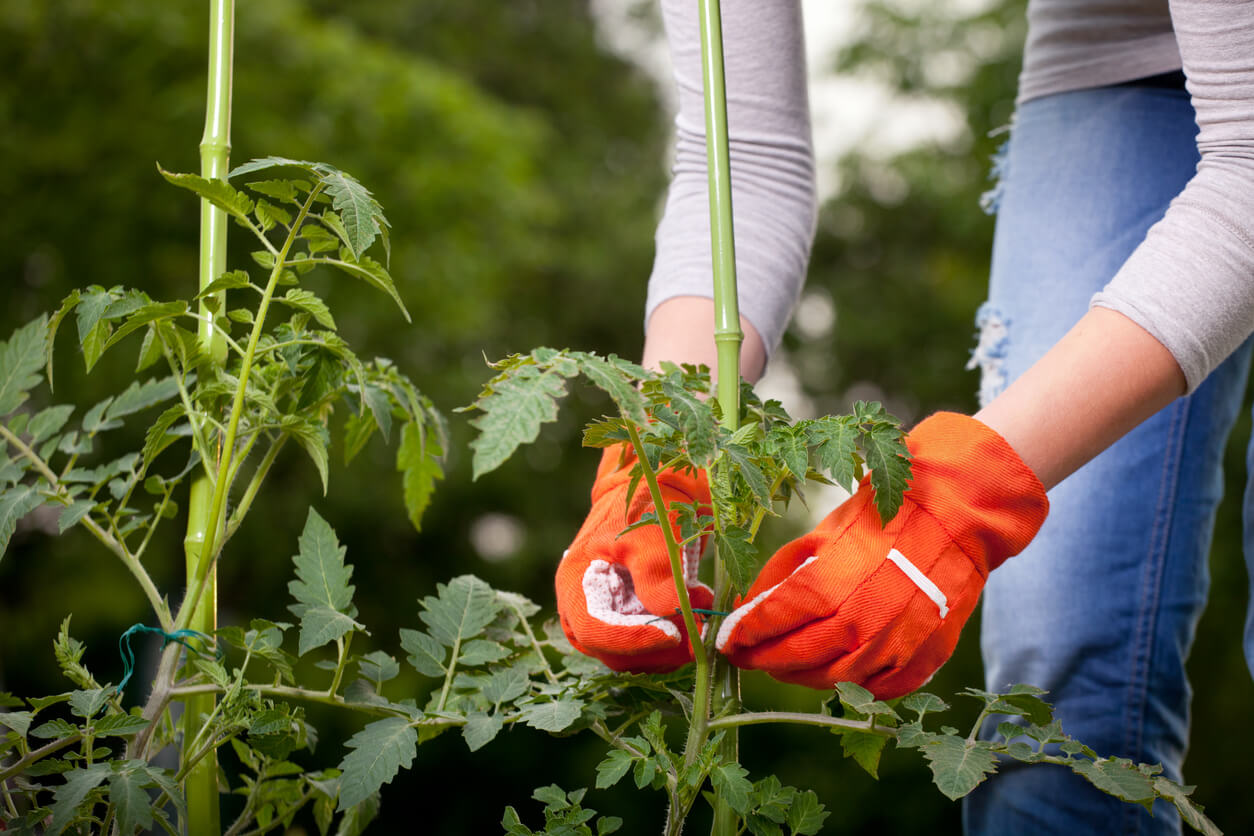
A team of researchers from the University of Georgia College of Agricultural and Environmental Sciences (CAES) is partnering with colleagues from Texas A&M University to find more effective production practices for organic onion growers in the southern United States where short-day onions — those that bulb with 11 to 12 hours of sunlight each day — are primarily grown.
Bhabesh Dutta, associate professor in the UGA Department of Plant Pathology at UGA is leading the team over the next four years through a recently funded $3.2 million grant from the U.S. Department of Agriculture National Institute of Food and Agriculture's Organic Agriculture Research and Extension Initiative.
The project, referred to as “Onion IQ (Improved Quality),” is a collaborative effort between the two institutions to build an integrated approach with faculty from various departments and fields of expertise for improving the production and quality of organic onions.
The organic industry is the fastest-growing segment of U.S. agriculture, Dutta explained.
According to the 2022 National Organic Survey, organic onion production has grown by 24% in the last two years, with an estimated value of $140 million in the U.S. Organic sales increased between 30 to 50% in both Georgia and Texas in the same time period, the survey shows.
A UGA Cooperative Extension vegetable disease specialist, Dutta said one of the major challenges with organic onion production is the incidence of two detrimental diseases — sour skin and slippery skin — caused by a group of soilborne bacteria commonly found throughout the U.S.
Bacterial rots cause nearly 4 to 8% of annual losses in total yield, which accounts for approximately $12 to 20 million dollars for both organic and conventional crops, with losses in organic onion much more pronounced.
One of the primary goals of the research is to find organic methods to successfully manage these problematic pathogens. The catch, Dutta said, is the disease-causing pathogens, Burkholderia cepacia and B. gladioli pv. alliicola, are difficult to manage in organic systems as certified-organic products can be more limited and less efficient in controlling diseases.
Due to the limited availability of organic control products, the team will explore the efficacy of two commonly used cultural practices, biofumigation and soil solarization.
Biofumigation involves mulching and incorporating mustard plants into the soil. As the plant material decomposes, sulfur-containing gases are released. When quickly incorporated into the soil with moisture these gases can effectively suppress and kill various soilborne pathogens, including some associated with food safety concerns, Dutta explained.

Biofumigation will also be trialed with soil solarization, a practice in which a clear plastic mulch is applied over the soil to increase soil temperatures so that they kill plant pathogens, much like a miniature greenhouse for the soil surface. The team will evaluate both practices separately and in conjunction to determine which practices may be best for organic onion growers.
The team will also examine what genetic factors present in Burkholderia pathogens enable them to infect onions. Those factors will aid in developing a diagnostic assay to definitively quantify the presence of Burkholderia populations in the soil after these cultural practices are used.
“What remains to be known is how well these cultural practices can reduce the populations of problematic Burkholderia species and what negative impacts they might incur on the microbiome and nutrient cycling within the soil,” he said.
Joining Dutta on the grant are UGA Department of Horticulture faculty Kate Cassity-Duffey, Ted McAvoy and Timothy Coolong who, along with Jake Mowrer at Texas A&M University, will evaluate how these cultural practices may alter how organic fertilizers break down in the soil and are used by the plants that need them.
“Because most organic fertilizers are mineralized through a microbially driven process, any changes in how the soil microbiome functions will also have an impact on the availability of nutrient inputs,” said Coolong, a professor and UGA Extension vegetable specialist.
When plants are at their healthiest, they’re better able to withstand biotic and abiotic factors, such as bacterial pathogens and fertility anomalies, respectively, he added.
Cassity-Duffey, assistant professor of organic production, explained that when plants are stressed by either under- or over-fertilization, they can become more susceptible to disease.
“We want to optimize organic fertility programs and help standardize the management of these inputs to find the sweet spot of how much and when to apply them,” she said.
The results of this research will help inform economic analyses that compare current organic production practices to those of this multi-state study where the crop is grown, Dutta said.
“Ultimately, we hope to build an improved organic onion production program to help these farmers not only see improved crop quality but also a positive economic return on investments and labor, which are often higher for organic growers,” he said. “With our dynamic team of specialists, we’re taking a holistic look at solving more than one research question. If these methods reduce disease and have minimal negative impact on soil health and nutrient cycling this would be a huge win and a game changer for organic growers.”






